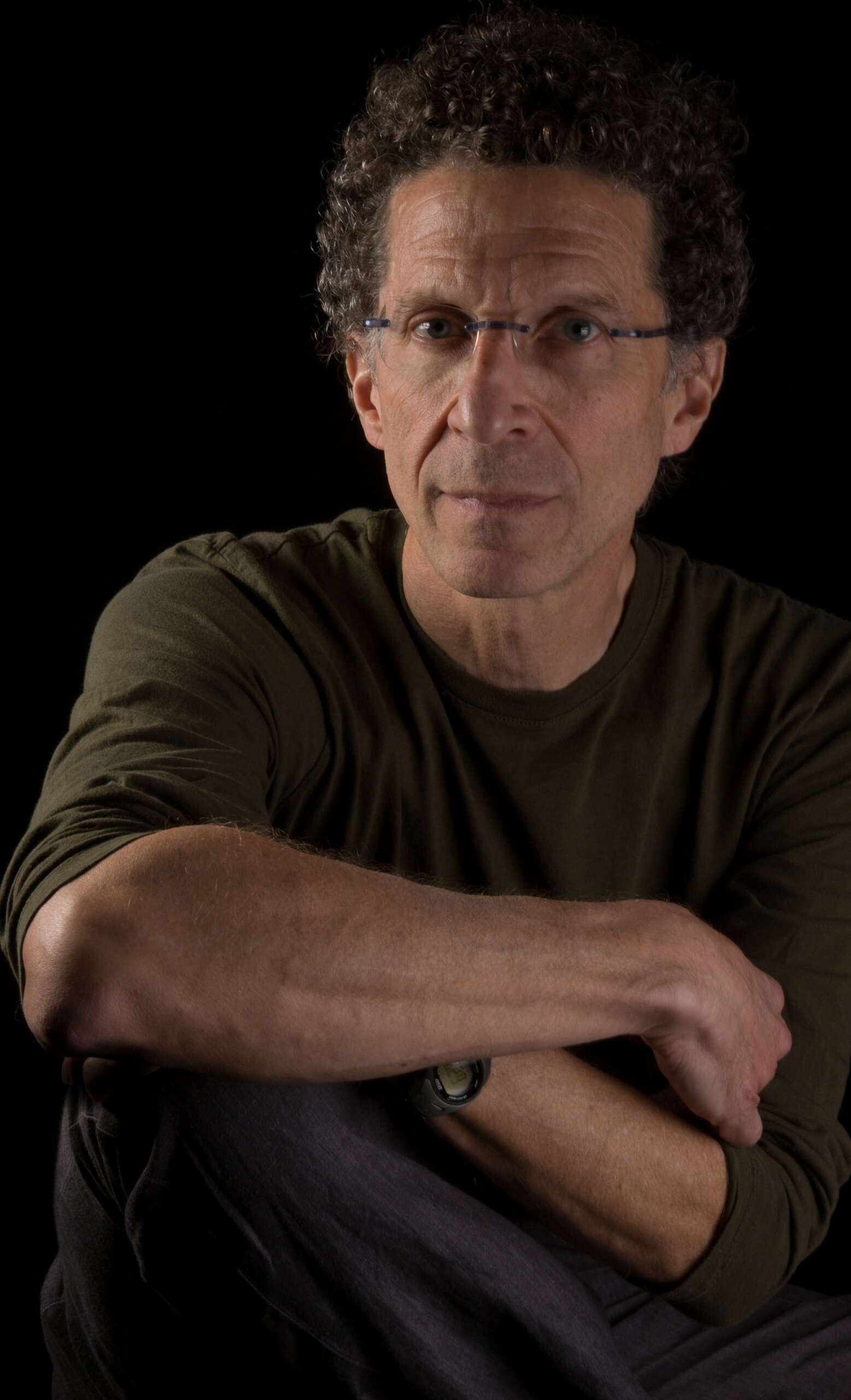We’re excited to introduce you to the always interesting and insightful Jeffrey Stern. We hope you’ll enjoy our conversation with Jeffrey below.
Hi Jeffrey, thanks for joining us today. How did you learn to do what you do? Knowing what you know now, what could you have done to speed up your learning process? What skills do you think were most essential? What obstacles stood in the way of learning more?
Considering the full scope of a life in pursuit of art, learning the craft is the relatively easy part. I did my undergraduate work at the Philadelphia College of Art where I was most fortunate to have found a surprise mentor in a teacher that I had long admired as an artist.
In that period the Photography Department at New York’s Museum of Modern Art had a permanent collection and a small room for current shows. The collection contained many of the expected greatest hits of photography from its inception in the 1820’s to the present.
There were a few pieces that were not widely seen. One such was by photographer Ray K. Metzger. It was a 40” x 35”collage print composed of many 2 1/4” square contact prints. On my usual visits to MoMA’s photography galleries I would breeze through the rarely changing permanent exhibit, stopping to see anything new and always lingering with fascination on Ray’s piece.
I hadn’t paid attention to who the faculty at PCA might be. I certainly wouldn’t have looked at the photography faculty considering I applied to the college to be a sculptor. It was just before arriving that I changed my major to film and only wound up in photography classes as film / photography was a required dual major for two years. It was upon entering my sophomore year that I discovered that Ray K. Metzger would be my professor.
Learning the craft of photography and film was not the challenge. These are relatively equipment dependent mediums an aspect of these fields I hold only a minor interest in. I tend to master as much of the equipment and technical aspects as needed to fulfill my vision. It’s the vision, one’s statement that is always forward and all else is subservient to that aim.
Ray was a master of his craft but it was his inspiration, love and respect for the medium of photography that he imbued in his students.

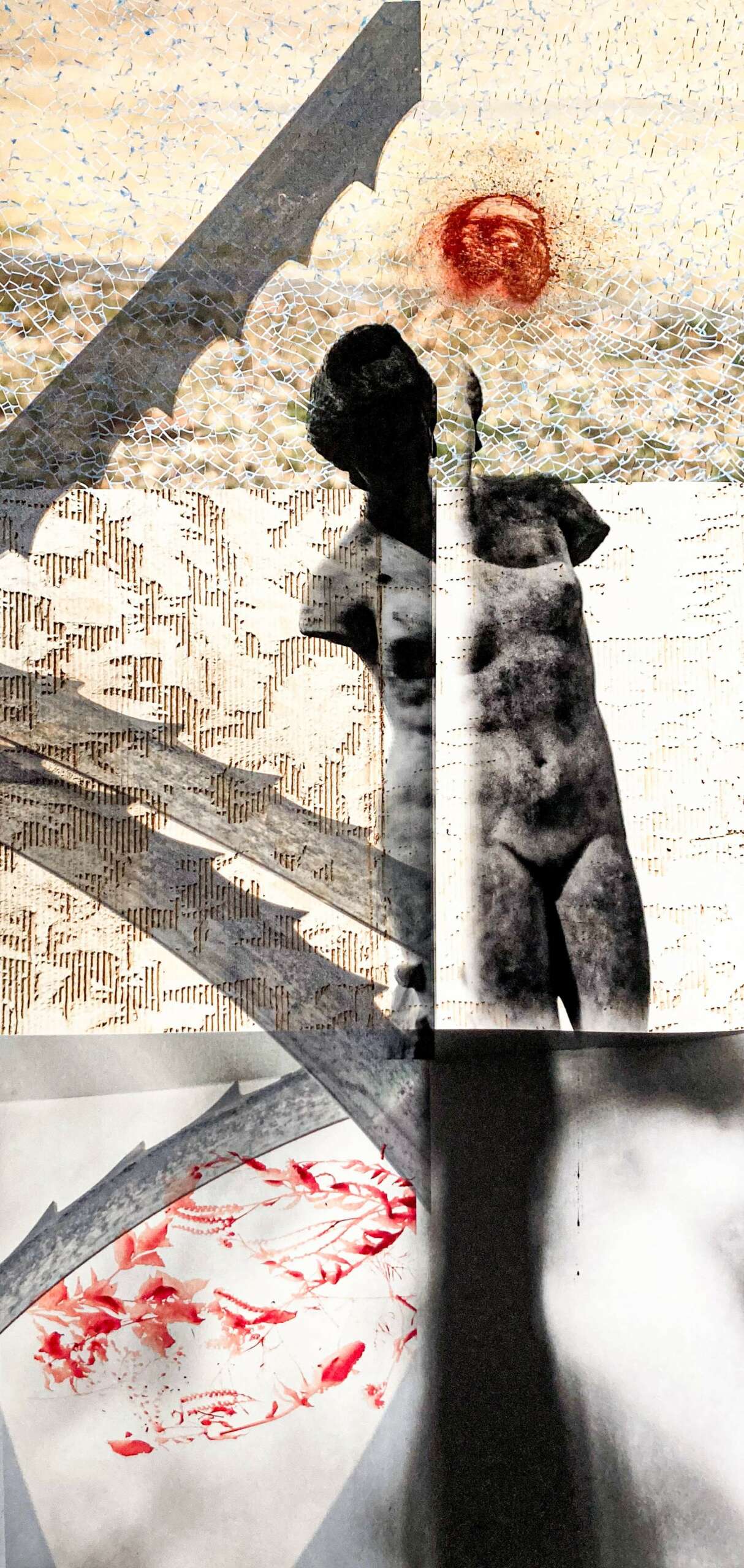
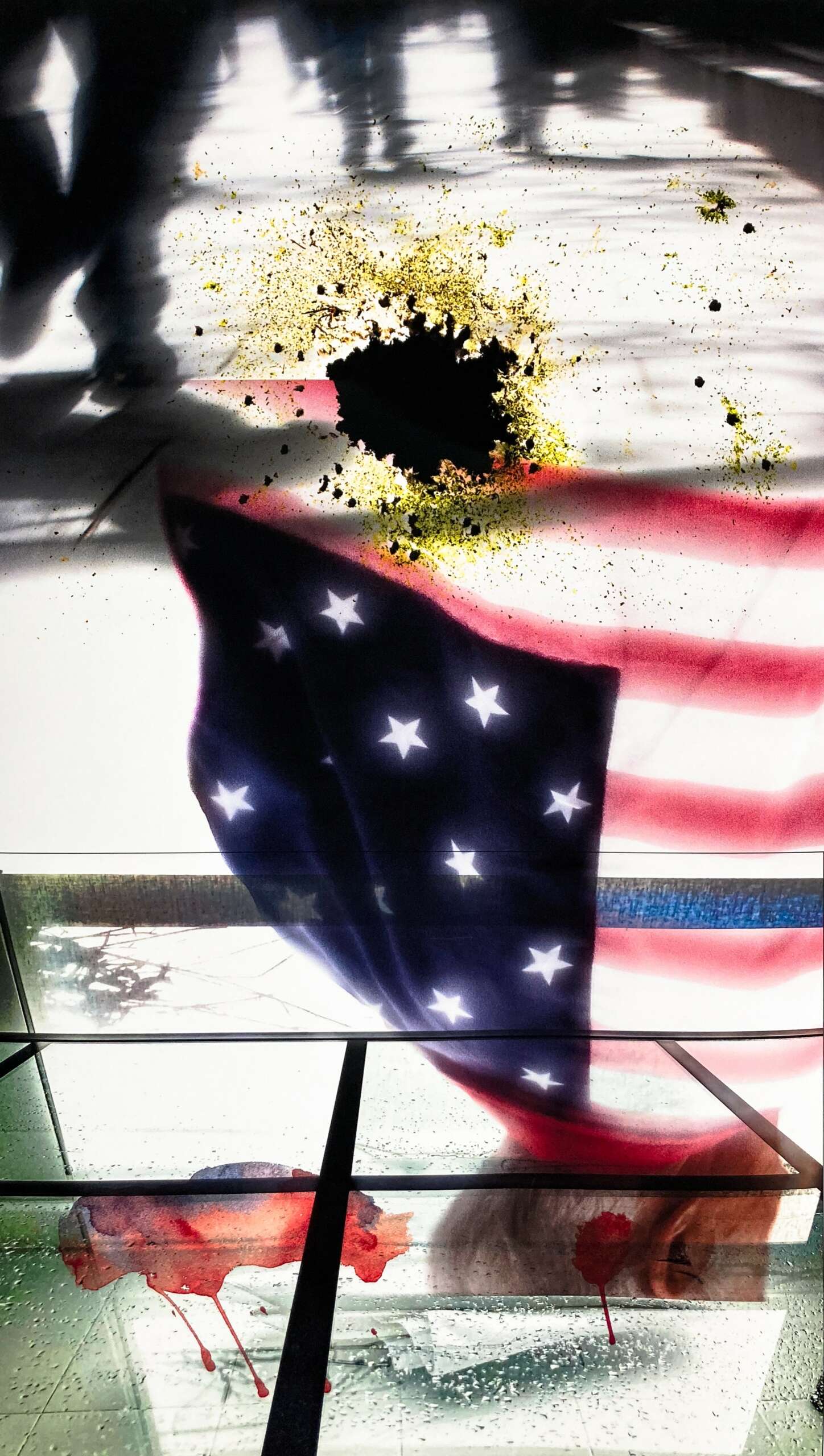
Great, appreciate you sharing that with us. Before we ask you to share more of your insights, can you take a moment to introduce yourself and how you got to where you are today to our readers.
I work in two different but at times parallel fields that can support and inform one another. For over thirty-five years I have worked as a sound editor for motion picture, documentary and television projects. In that time I have been part of over one-hundred film projects including such well respected films such as Silence of the Lambs, Goodfellas, School of Rock, Chicago and Boardwalk Empire for which I won an Emmy Award.
I entered the industry pre-digital at a time when all of film work entailed a product that you could hold in your hands and would physically cut and manipulate. I got my foot in the door by way of that tried and true method, quite common of that period of hitting the streets, knocking on doors and through skill and determination working my way up the ranks.
Film is famously a collaborative art form. A project can entail the group work of tens or even hundreds of people applying their various skills all toward a common goal. It’s exciting and creative being part of and experiencing the various pieces coming together to form the finished work.
As satisfying as film work is I’ve also always found tremendous satisfaction in pursuing the solitary art of photography. I’ve explored various subjects over the years; landscapes, street photography, still life, portraiture, always with a common, clean graphic style. In the past six years my work has been shifting ever more toward an abstract or non-representational aesthetic. I’ve moved further away from “straight” photography and deeper into lens based work, going so far as to employ the printer as a major image making tool.
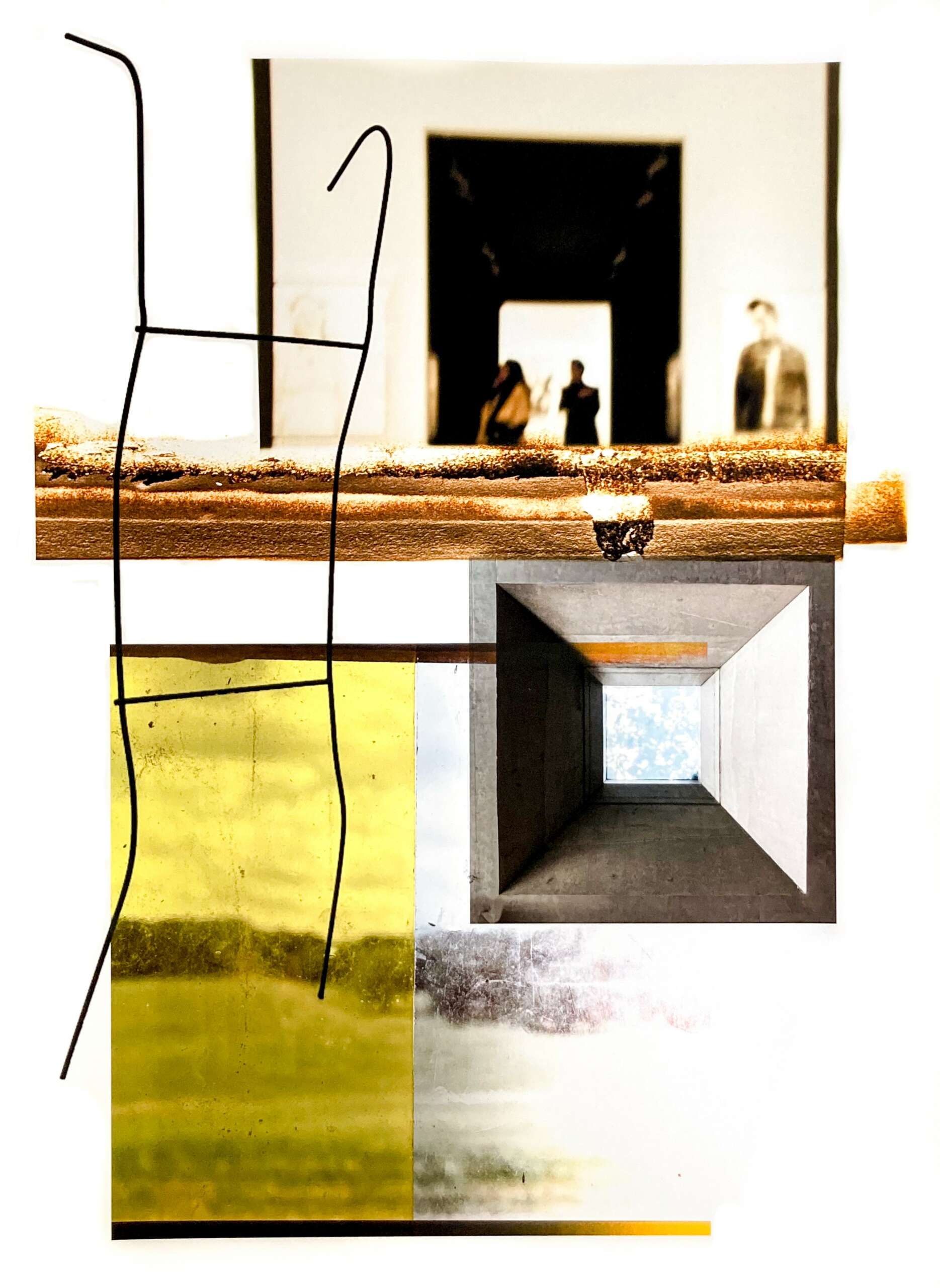

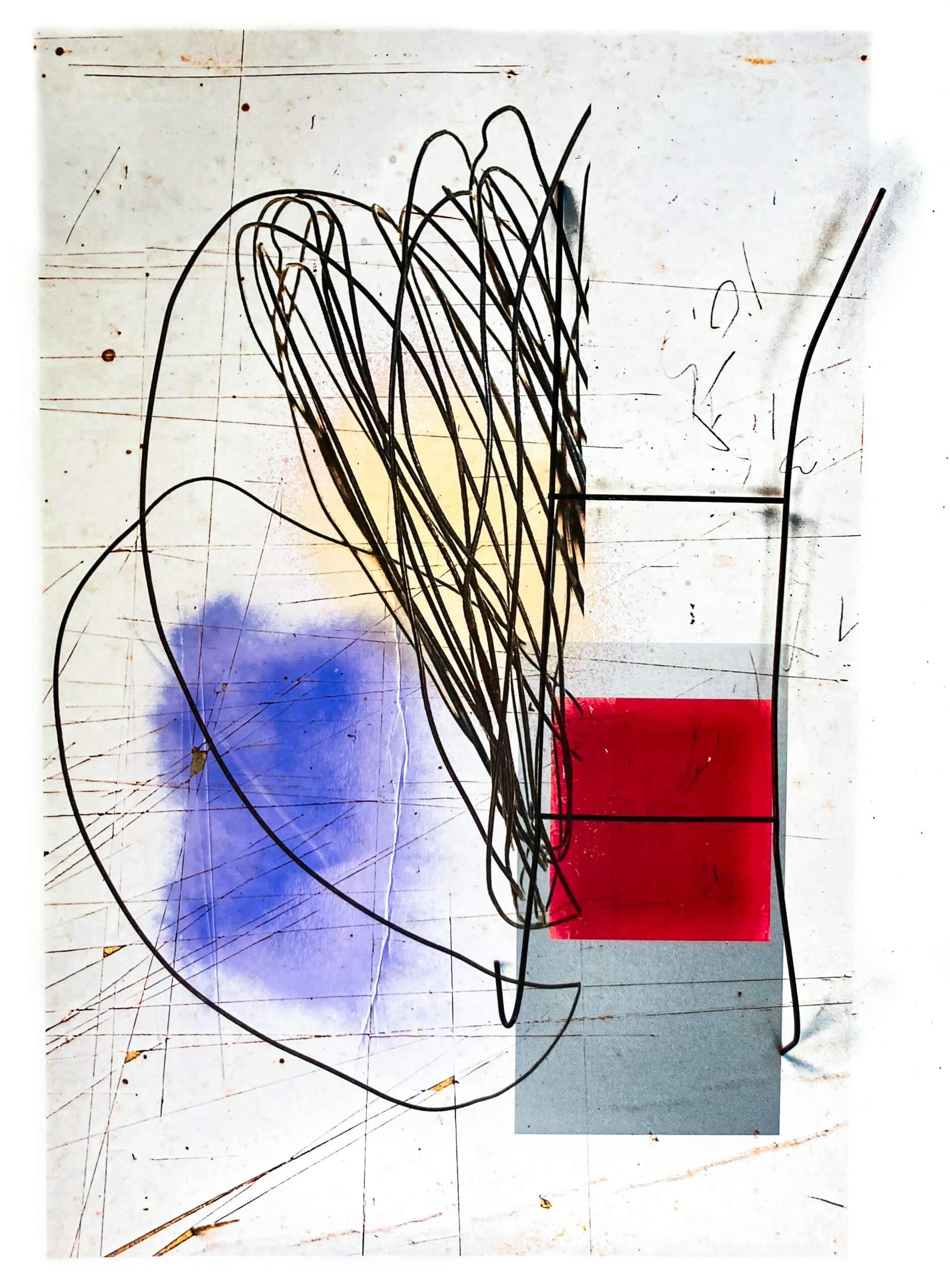
Do you think there is something that non-creatives might struggle to understand about your journey as a creative? Maybe you can shed some light?
Art should thrill and enlighten. Art uses life, common human experience as a jumping off point for inspiration.
A poet utilizes words and spoken sounds to create pictures. They show, explain, enlighten some part of the human experience showing us something we may have never seen before or seen in quite the way the poem illuminates.
A musician does much the same. Through the use and combination of sounds they transport us, manipulate our emotions and take us someplace new.
A visual artist through the use of form and color, shape and volume, balance and rhythm and more transforms the viewer in much the same experiential ways.
Being this alchemist, conjuror is what it means to be an artist. An artist has the need, the drive to create, to show the world what it is they see and how it is they see it.


What can society do to ensure an environment that’s helpful to artists and creatives?
Art is essential to the human experience. It has been a part of us since the earliest civilizations. It holds up a mirror and gives voice to our inner emotions and universal truths.
In the majority of cases artists, art foundations, organizations all struggle to survive financially. The arts in all forms should be encouraged and supported starting in the earliest grades. Art, music, theater programs should be funded and shown the importance they deserve. Cities and states need to fund cultural institutions, promote art literacy and strive to make art accessible to all.
Contact Info:
- Website: jeffrey-stern.com
- Instagram: @jffrystrn
Image Credits
All works Jeffrey Stern


